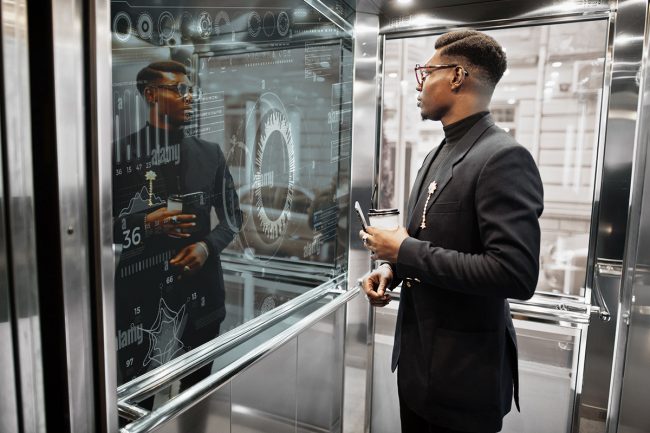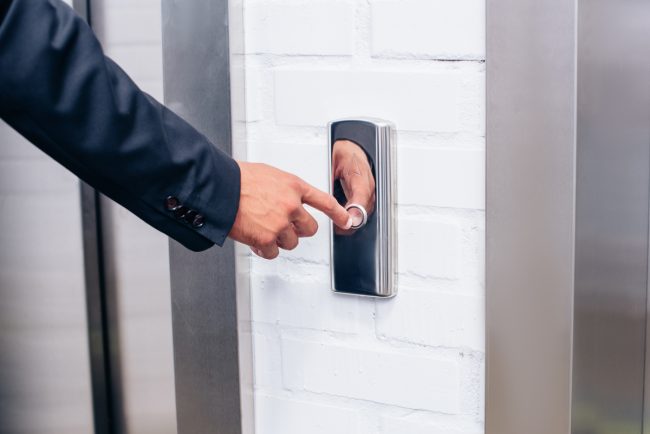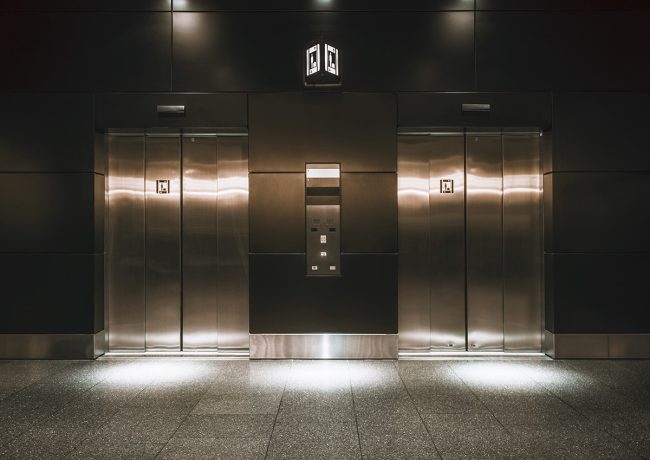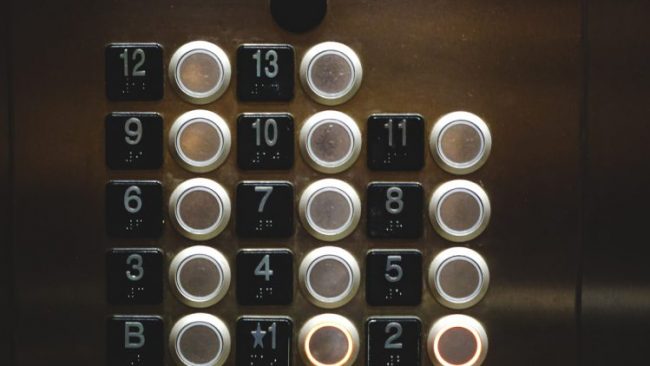Elevator Inspection ASME A17.3 Code Required Upgrades: What You Need to Know
If you are in charge of a building with older elevators, you may be familiar with what inspectors call: ASME A17.3, the Safety Code for Existing Elevators and Escalators. While ASME A17.1 covers new installations, A17.3 tells building owners what upgrades must be made to keep existing elevators safe and compliant. Read on to learn…








